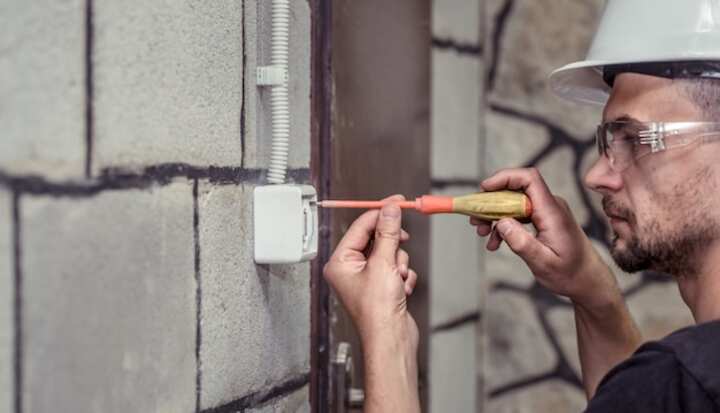
Expert Guide to Trenchless Slab Leak Repair Methods
Slab leaks are a common problem that can lead to significant damage if not addressed promptly. Traditional methods of repair often involve invasive techniques that can disrupt daily life and incur substantial costs. However, trenchless slab leak repair methods offer a less intrusive and more efficient alternative. This guide explores various trenchless techniques, offering insights into their benefits, implementation, and suitability for different scenarios. By understanding these methods, property owners and managers can make informed decisions about addressing slab leaks without the need for disruptive excavation.
Understanding Slab Leaks
Slab leaks occur when water pipes beneath a concrete slab foundation develop leaks. These leaks can be caused by several factors such as corrosion, abrasion, high water pressure, or ground movement. Signs of slab leaks include:
- Unusually high water bills
- Wet or damp spots on floors
- Mold or mildew growth
- Warm spots on the floor
- Reduced water pressure
For a comprehensive understanding of how slab leaks occur and their implications, read more about this topic.
Trenchless Slab Leak Repair Methods
Pipe Lining
Pipe lining, also known as cured-in-place pipe (CIPP) lining, involves inserting a flexible liner coated with resin into the existing pipe. The liner is then inflated and cured to form a new pipe within the old one. This method is advantageous because:
- It requires minimal digging, preserving landscaping and flooring
- It is suitable for various pipe materials
- It provides a seamless, durable solution
To explore further insights here on the pipe lining process and its benefits.
Pipe Bursting
Pipe bursting is another trenchless technique that involves breaking the old pipe while simultaneously pulling a new pipe through its place. This method is particularly effective when:
- The existing pipe is severely damaged
- There is a need to increase the pipe diameter
- A complete replacement is necessary
Learn more about the pipe bursting process and its applications by reading this detailed guide.
Spot Repair
Spot repair targets specific sections of the pipe that require repair, rather than replacing the entire line. This method is ideal when:
- Leaks are localized
- The rest of the pipe is in good condition
- Cost-effective solutions are prioritized
For additional information on spot repair techniques, find additional information here.
Benefits of Trenchless Repair Methods
Trenchless slab leak repair methods offer numerous advantages over traditional repair techniques:
- Reduced disruption to property and landscape
- Lower labor costs and project timelines
- Increased longevity and reliability of repairs
- Environmentally friendly with less waste production
By minimizing the need for extensive excavation, these methods ensure that property owners can address slab leaks efficiently and effectively. Learn more in this detailed guide about the environmental and financial benefits of trenchless repairs.
Conclusion
The choice of a trenchless slab leak repair method depends on the specific conditions and requirements of the property. Understanding the different techniques available allows for a tailored approach that addresses the root cause of leaks while minimizing disruption. For property owners facing the challenge of slab leaks, trenchless methods offer a modern, efficient solution that preserves the integrity and aesthetics of their property. To make an informed decision, explore further insights here.